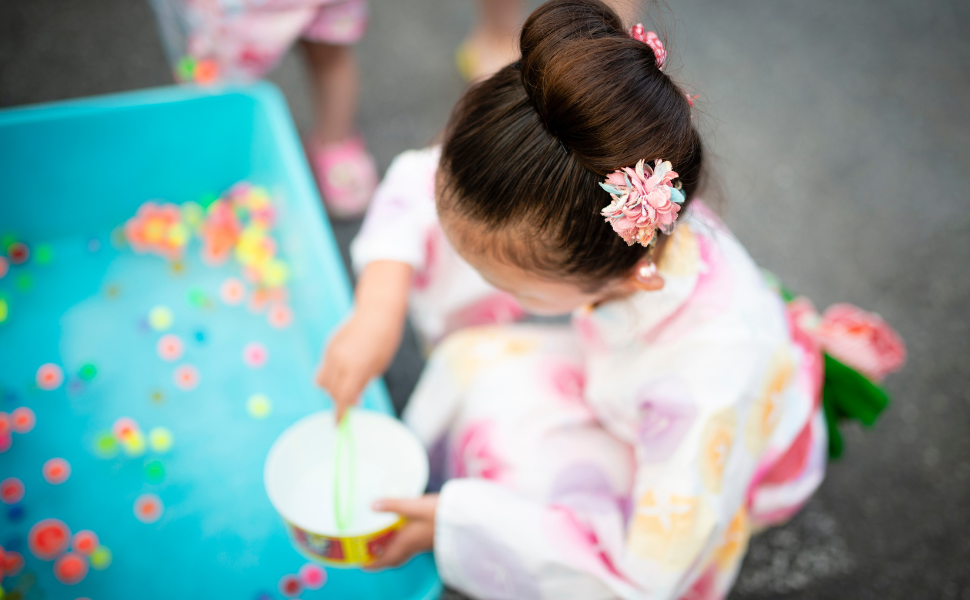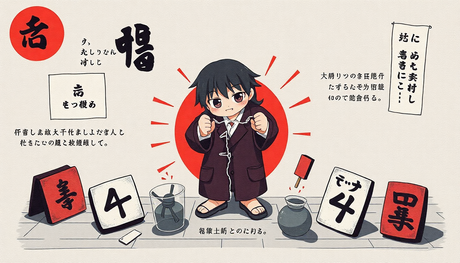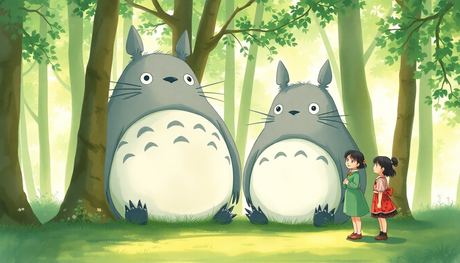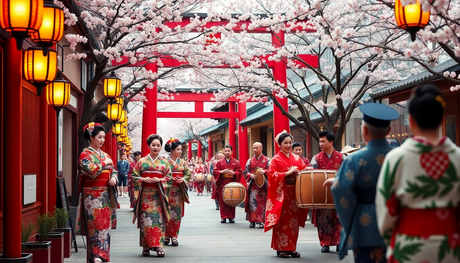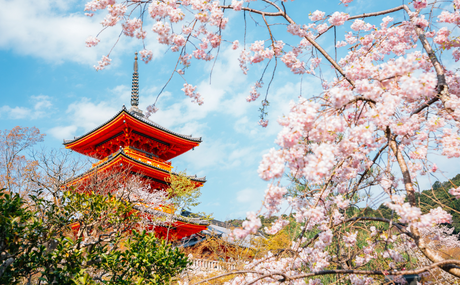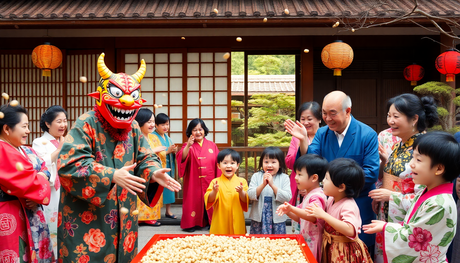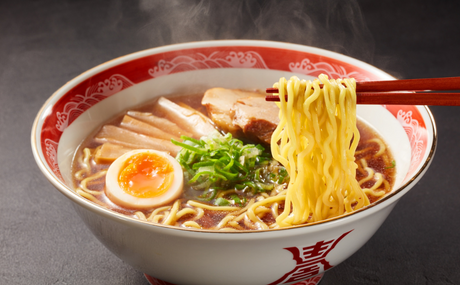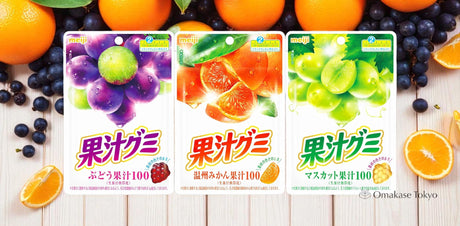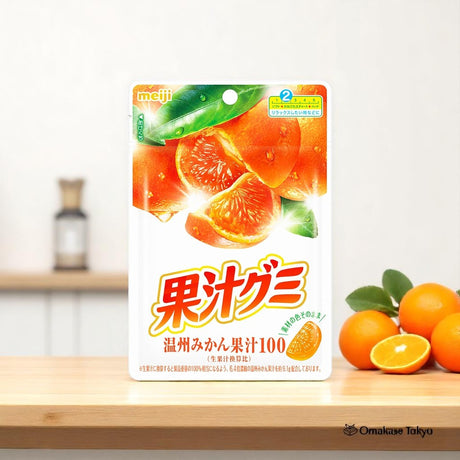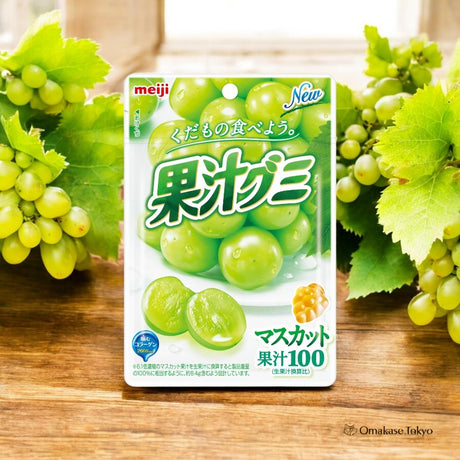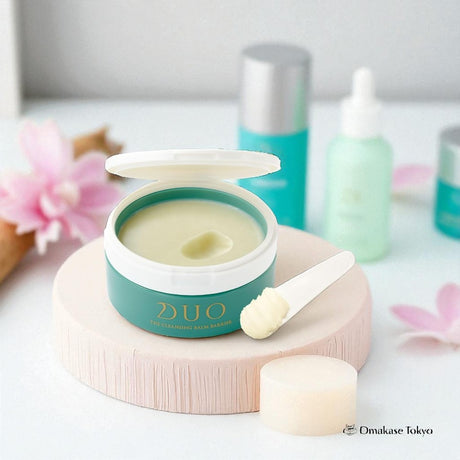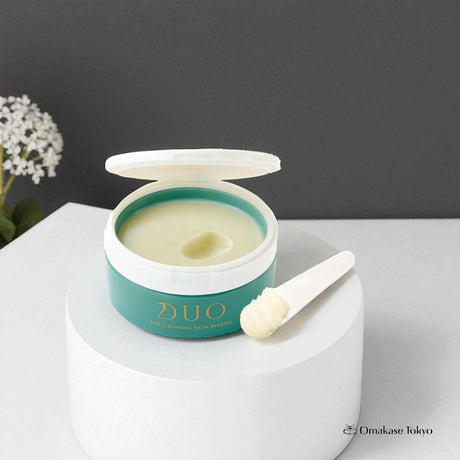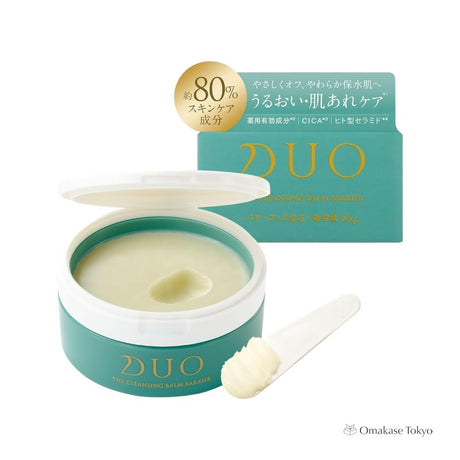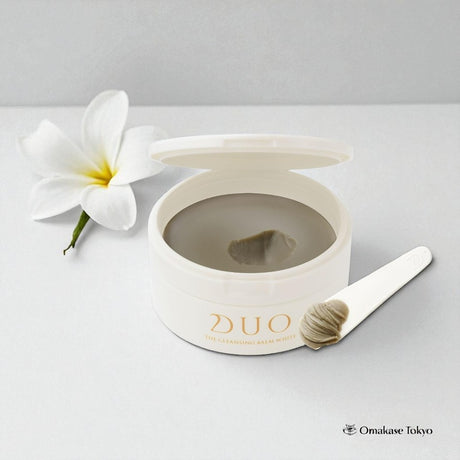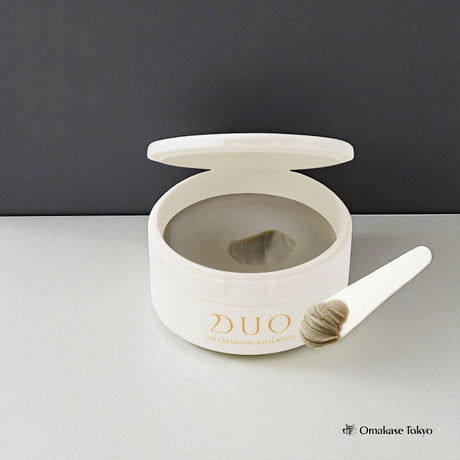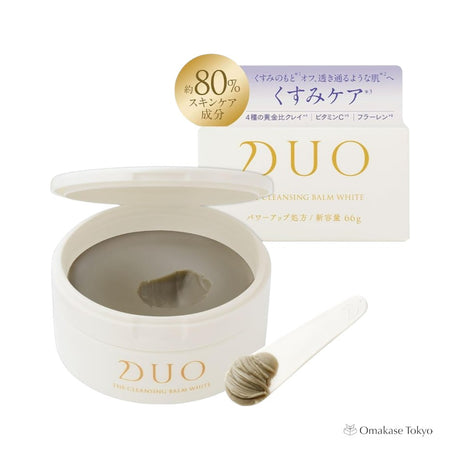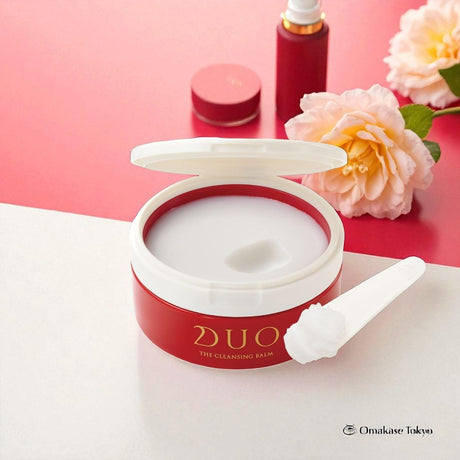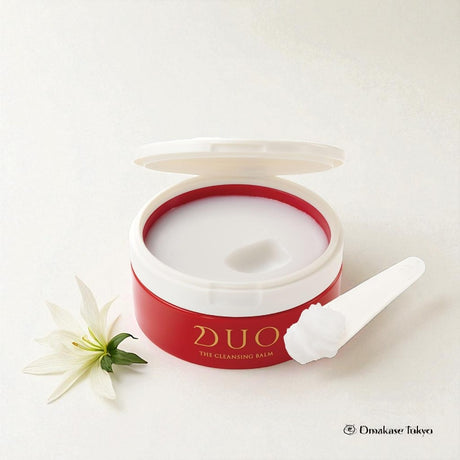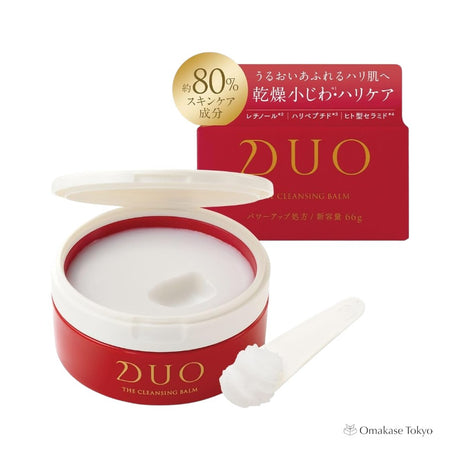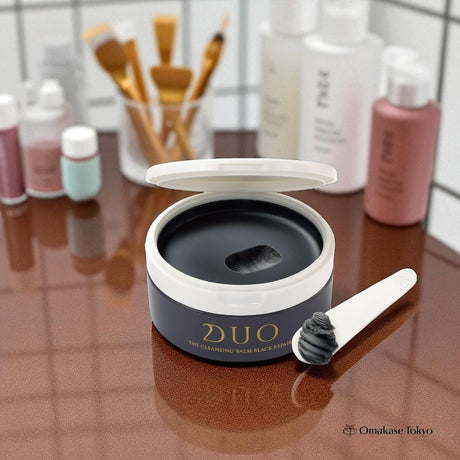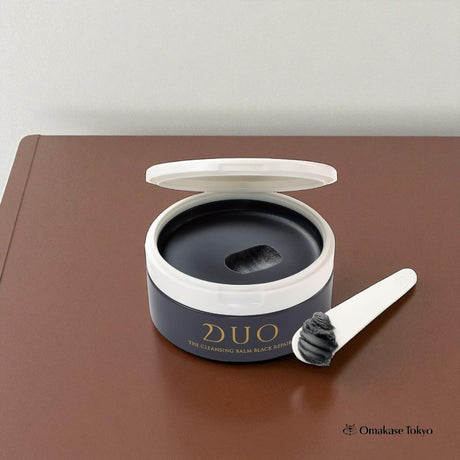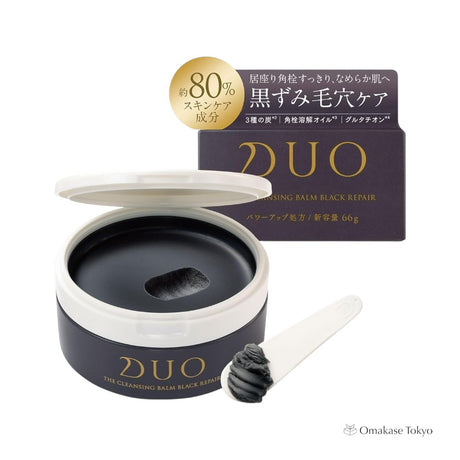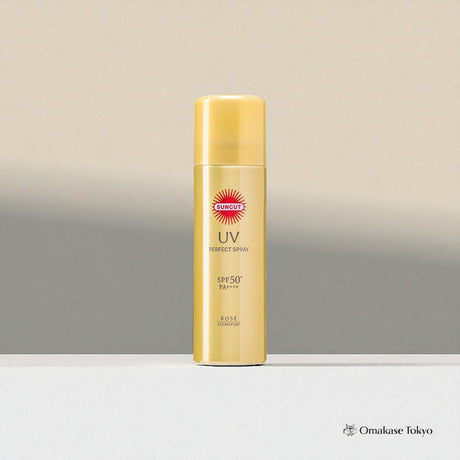If you're a parent or teacher moving between Japan and the U.S., or just curious about cultural differences, you’ve probably noticed that summer break in Japan and summer vacation in the U.S. are not the same. They might both fall under "summer break," but how long they last, what kids do during them, and even why they exist can be very different. Let’s dive into the biggest differences between Japanese and American summer breaks!
1. Length of Summer Break
One of the most obvious differences is the length.
In the United States, kids typically get around 2 to 2.5 months off for summer. Most schools start break in early to mid-June and return in late August or early September. That’s a long stretch of free time to relax, travel, or attend summer camps.
In Japan, however, summer break is much shorter—usually around 5 to 6 weeks. It starts in late July and ends by the end of August. That’s because the Japanese school year starts in April, not September, so summer is technically just a mid-year break, not the end of the academic year.
2. Homework Over Summer
Here’s where things really differ.
In the U.S., summer is typically a time to disconnect from school. Sure, some kids might have a recommended reading list, but there usually isn’t mandatory homework.
But in Japan? That’s a different story. Japanese kids get a full stack of summer homework, including math drills, kanji practice, reading comprehension, book reports, science projects, and more. There’s even something called a 自由研究 (Jiyuu Kenkyuu)—a self-directed research project that can be on anything from growing tomatoes to building a robot.
For many Japanese kids, summer break isn't really a "break"—it's more like "school at home."
3. Cultural Expectations and Schedules
In the U.S., summer break is often filled with summer camps, road trips, family vacations, or just chilling at home. There’s a huge focus on fun and relaxation. For many parents, it's also a time to find childcare solutions like camps or day programs since schools are out for so long.
In Japan, things are more structured. Some kids attend summer school (especially cram school, or juku) to prepare for entrance exams. Others join club activities at school, which don’t stop just because school is out. Sports teams often continue their practice schedule throughout summer.
Even vacations in Japan are shorter. Many families plan trips around Obon Week, a traditional holiday in mid-August when people return to their hometowns to honor ancestors. But aside from that, summer isn't considered a time for extended family travel like in the U.S.
4. Climate and Activities
Both countries get hot in summer, but the way they handle it is a little different.
In Japan, summer is hot, humid, and sticky, and comes with seasonal traditions like fireworks festivals (花火大会), matsuri (festivals), and eating summer treats like kakigori (shaved ice) and cold somen noodles. You’ll see kids in yukata, carrying fans, and playing traditional festival games.
In the U.S., summer feels more like BBQs, pool parties, s’mores, Fourth of July fireworks, and camping. Many families travel to national parks, theme parks, or go on beach vacations.
5. Back-to-School Season
Because the school calendar is different in each country, back-to-school season also feels different.
In the U.S., there’s a huge “back-to-school” vibe in August—sales, shopping for supplies, buying new clothes, and gearing up for a fresh new school year.
In Japan, summer break is just a mid-year pause. Kids go back to school at the end of August and resume the same school year. No new grade or class changes. It’s more like picking up where they left off—with their same classmates, teachers, and subjects.
Final Thoughts: Which Summer Break is Better?
Honestly, both systems have their pros and cons.
The U.S. summer vacation gives kids more time to relax, travel, and explore hobbies. But it can be hard for working parents to juggle child care for such a long break.
The Japanese summer break is short and still includes academic work, which keeps kids in a learning rhythm—but might leave them feeling like they didn’t get a real break.
Either way, both cultures value family time, fun, and seasonal traditions in their own ways. And that’s what summer is really all about.

